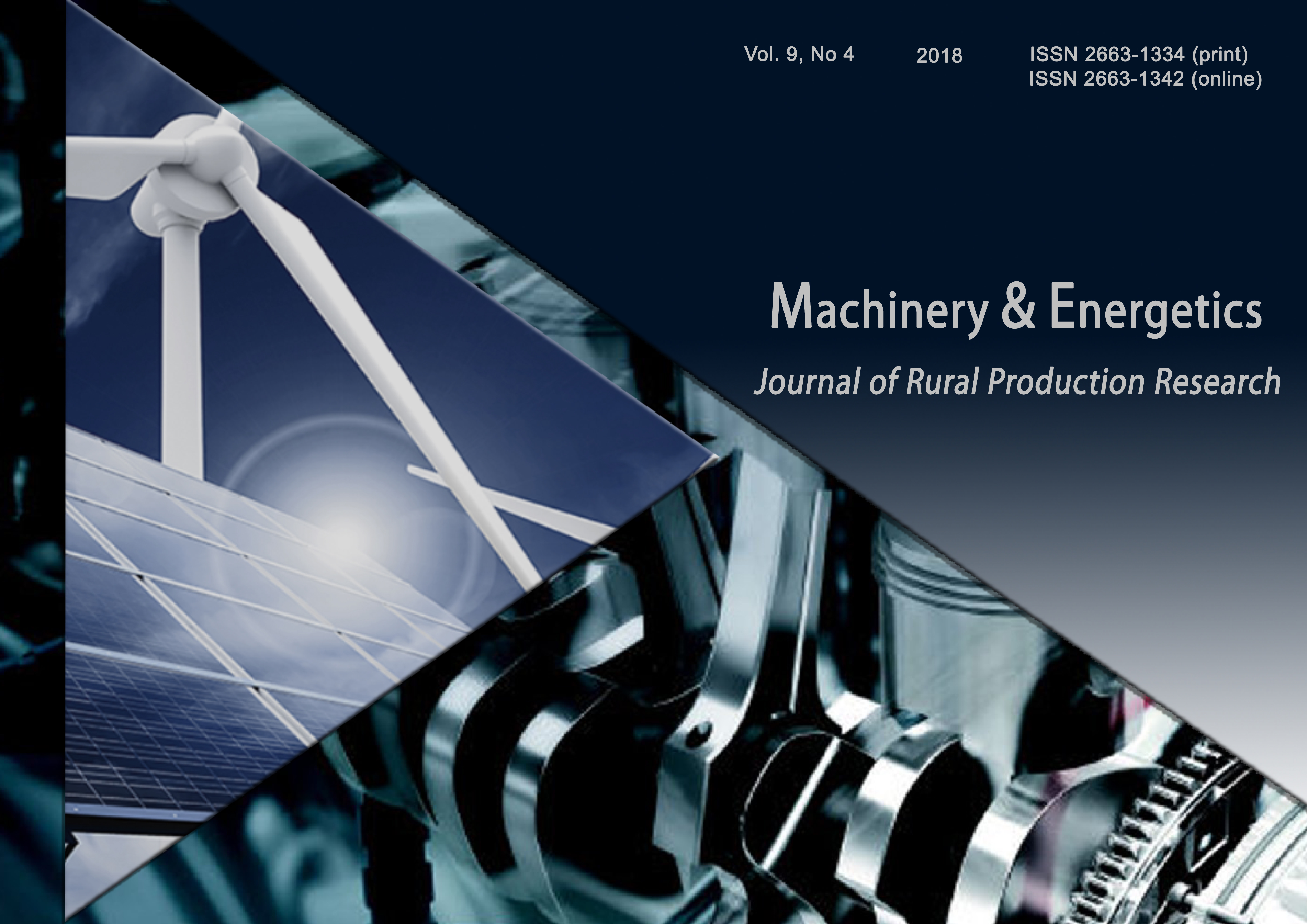Analysis of transport processes efficiency in supply chains
Abstract
Abstract. The common characteristics of the supply chains efficiency are a high level of economic efficiency and the necessary levels of stability and quality of the all processes operation in it, including the transportation efficiency. When the transport processes in the supply chains is evaluated it is necessary to consider the indicators which are critical to maintain the required service level and most fully characterize the results of the executed work from the consumer's point of view. The most important factors in this meaning are the transportation time, the transportation cost and productivity.
The basic methodological approaches of the assessing supply chain operation efficiency has been reviewed in this article. The improvement of the mathematical models of the production transport indicators impact assessment on the transport costs size in the supply chains have been done. A methodological approach that allows to link the components of the inventory management efficiency in the supply chains with the transport process efficiency has been developed. The main factors which have influence on the transportation duration have been taken into account.
Key words: efficiency, supply chain, productivity, cost, transport process, inventory management, time.
References
Англо-русский толковый словарь логистическихтерминов. URL: http://ocean.mstu.edu.ru/docs/files/ 20120202_1412-2.pdf.
Ballou R. Business Logistics Management. Pierson:Prentice-Hall Entertainment, Inc., 2003. 816 р.
Beamon B. M. Measuring supply chain performance.International Journal of Production Management. 1999. № 19. P. 275–292.
Bullinger H. J., Kuhner M. Analysing supply chainperformance using a balanced measurement method. International Journal of Production Research. 2002. № 40. P. 3533–3543.
Chan F. T. S., Qi H. J. An innovative performancemeasurement method for supply chain management. Supply Chain Management: An International Journal. 2003. № 3. P. 209–223.
Hausman W. Financial Flows & Supply ChainEfficiency. Visa Commercial Solutions 2005. URL: http://www.visa-asia.com/ap/sea/commercial/corporates /includes/uploads/Supply_Chain_ Management_Visa.pdf.
Hee-Yong L., Young-Joon S., Din-woodie J. Supplychain integration and logistics perfor-mance: the role of supply chain dynamism. The International Journal of Logistics Management, 2016. Volume 27. Issue 3. Р. 47–58.
Keebler J. S., Manrodt K. B., Durtsche D. A.,Ledyard D. M. Keeping Score: Measuring the Business Value of Logistics in the Supply Chain. Oak Brook, IL: Council of Logistics Management, 1999. 330 p.
Lukinskiy V., Dragomirov V.Methods of evaluatingtransportation and logistics operations in supply chains.
Transport and Telecommunication. 2016. Volume 17. № 1. Р. 55–59.
References
English-Russian explanatory dictionary of logisticsterms. (2018). http://ocean.mstu.edu.ru/docs/files/201202 02_1412-2.pdf.
Ballou, R. (2003). Business Logistics Management.Pierson: Prentice-Hall Entertainment, Inc.
Beamon, B. M. (1999). Measuring supply chainperformance. International Journal of Production Management. № 19. 275-292.
Bullinger, H. J., Kuhner, M. (2002). Analysingsupply chain performance using a balanced measurement method. International Journal of Production Research. № 40. 3533-3543.
Chan, F. T. S., Qi, H. J. (2003). An innovativeperformance measurement method for supply chain management. Supply Chain Management: An International Journal. № 3. 209-223.
Hausman, W. (2005). Financial Flows & SupplyChain Efficiency/Visa Commercial Solutions. URL: http://www.visa-asia.com/ap/sea/commercial/corporates /includes/uploads/Supply_Chain_ Management_Visa.pdf. –Title from the screen.
Hee-Yong, L., Young-Joon, S., Din-woodie, J.(2016). Supply chain integration and logistics perfor-mance: the role of supply chain dynamism. The International Journal of Logistics Management, Volume 27.Issue 3. 47-58.
Keebler, J. S., Manrodt, K. B., Durtsche, D. A.,Ledyard, D. M. (1999). Keeping Score: Measuring the Business Value of Logistics in the Supply Chain. Oak Brook, IL: Council of Logistics Management.
Lukinskiy, V., Dragomirov, V. (2016). Methods ofevaluating transportation and logistics operations in supply chains. Transport and Telecommunication, Volume 17. № 1. 55-59.
Downloads
Published
Issue
Section
License
Relationship between right holders and users shall be governed by the terms of the license Creative Commons Attribution – non-commercial – Distribution On Same Conditions 4.0 international (CC BY-NC-SA 4.0):https://creativecommons.org/licenses/by-nc-sa/4.0/deed.uk
Authors who publish with this journal agree to the following terms:
- Authors retain copyright and grant the journal right of first publication with the work simultaneously licensed under a Creative Commons Attribution License that allows others to share the work with an acknowledgement of the work's authorship and initial publication in this journal.
- Authors are able to enter into separate, additional contractual arrangements for the non-exclusive distribution of the journal's published version of the work (e.g., post it to an institutional repository or publish it in a book), with an acknowledgement of its initial publication in this journal.
- Authors are permitted and encouraged to post their work online (e.g., in institutional repositories or on their website) prior to and during the submission process, as it can lead to productive exchanges, as well as earlier and greater citation of published work (See The Effect of Open Access).

